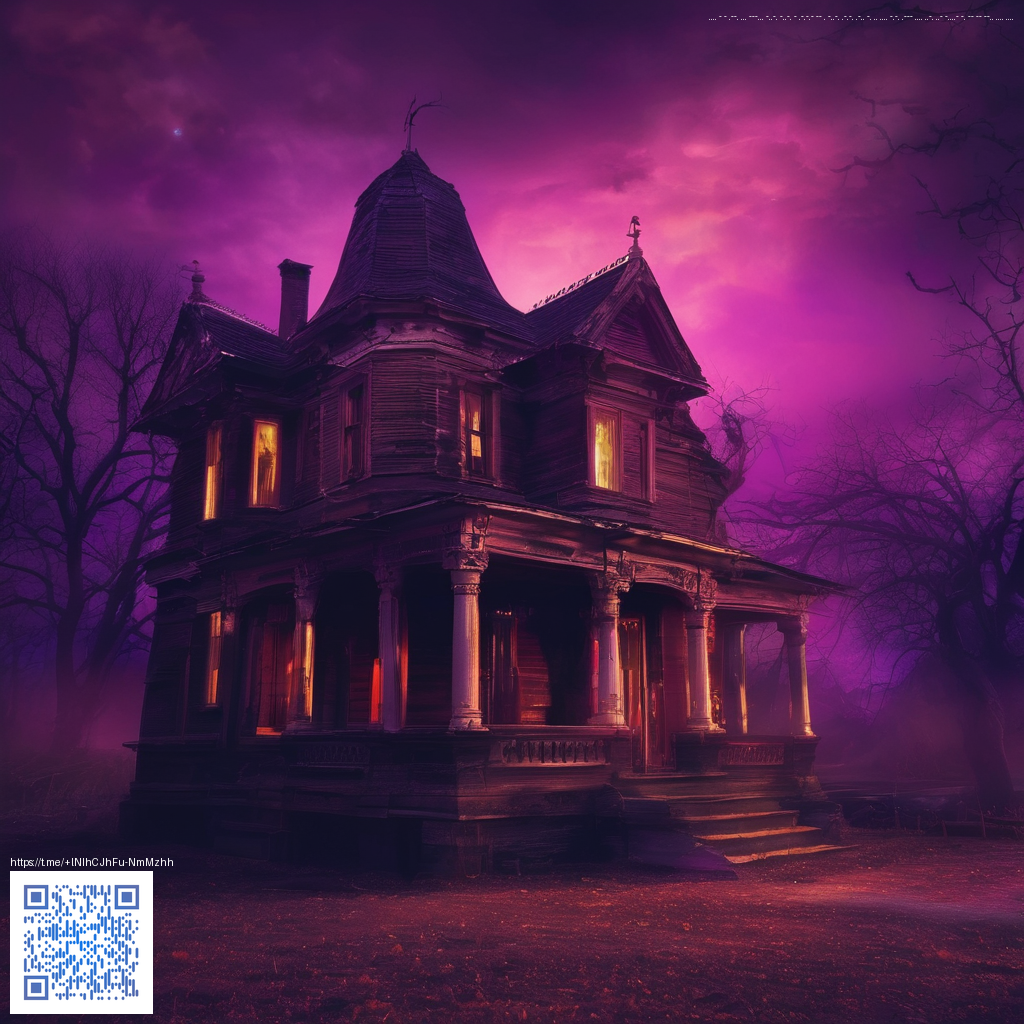
Bringing Digital Scrapbook Pages to Life with Embellishments
Digital scrapbooking is all about storytelling through visuals. Embellishments—think stickers, ribbons, frames, and texture overlays—act as the punctuation that guides the reader’s eye across a page. The right combination can transform a flat composition into a lively, cohesive narrative. When you design your own digital embellishments, you gain control over color, scale, and mood, enabling you to tailor every page to a memory, theme, or client project.
Define Your Theme and Palette
Start by clarifying the story you want to tell. Is it bright and playful, or moody and archival? Your palette should reflect that intent. Create a simple mood board with 3–5 core colors, plus a couple of neutrals to anchor textures and typography. Digital embellishments thrive on contrast and rhythm; alternating bold elements with delicate details keeps the eye moving. If you’re unsure where to begin, experiment with translucent overlays, soft shadows, and subtle texture layers to set the tone without overpowering your photos.
- Mood boards that capture color relationships and texture ideas
- Digital papers and background textures with breathable patterns
- Clip art, stickers, and handwritten scripts sized for various page areas
- Layered shapes, masks, and clipping groups for flexible composition
Design Elements You Can Create
Building a library of reusable embellishments saves time and ensures brand consistency across projects. Consider these core elements:
- Shape stamps and digital stickers with transparent backgrounds
- Texture overlays like crumpled paper, watercolor washes, or chalk dust
- Frames, corners, and photo corners that frame important moments
- Mini-badges, ribbons, and tags for journaling captions
- Shadow and highlight presets to add depth without extra layers
“A well-placed embellishment should enhance readability, not compete with the photo. Test contrast by toggling layers and viewing at different zoom levels.”
As you craft these assets, think about scale and repeatability. Embellishments that feel cohesive across a set—consistent line weights, color treatments, and texture intensity—will read as a purposeful collection rather than a random assortment. Tools like vector shapes and smart exports allow you to resize elements for different layouts without losing quality, keeping your workflow efficient and adaptable.
From Concepts to Pages
With a library in hand, you can assemble pages quickly while preserving your distinctive style. A practical approach is to work in layers: start with a neutral background, add a textured base, place photos, and then layer embellishments to guide the viewer’s gaze. Use one or two bold focal accents per page and let smaller elements support the narrative. The interplay of light, shadow, and color creates depth, drawing the eye naturally from headline to journaling to imagery.
For long design sessions, a comfortable workspace matters. A reliable, colorful desk pad with non-slip grip can keep your setup organized and inviting while you tweak details. If you’re exploring product recommendations for a productive station, you might consider a practical option like the Neoprene Mouse Pad that blends durability with a splash of color—ideal for late-night editing and creative brainstorming.
Practical Tips for Layering and Texture
- Use soft shadows to separate elements from the background without creating harsh halos.
- Group related embellishments with a common coloration to reinforce theme unity.
- Keep a dedicated folder of "versatile" elements (tags, corners, and simple badges) you can mix and match across pages.
- Save presets for overlays and textures so you can apply consistent effects with a single click.
Experimentation is part of the creative process. Try combining hand-drawn brushes with crisp clip art to yield a hybrid look that feels personal and modern. Remember to save your work in layered formats so you can revisit decisions later and adjust color balance or element placement without starting from scratch.